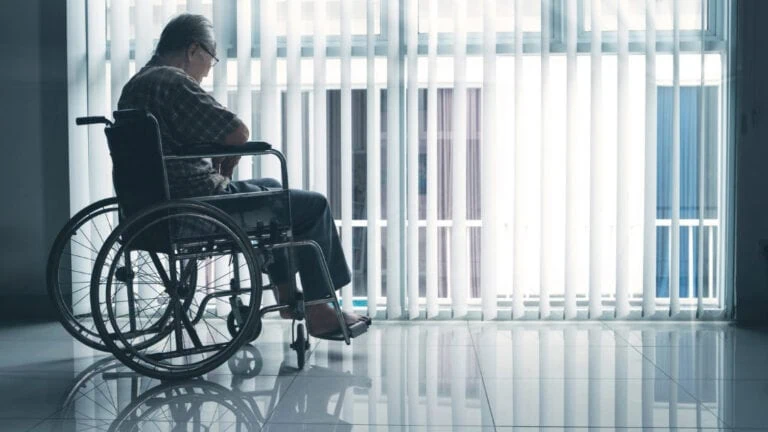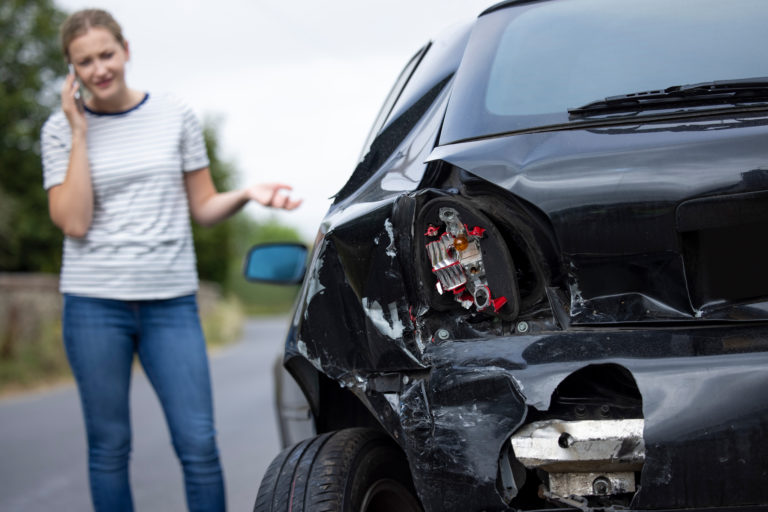Falls in Nursing Homes
Each year, an average nursing home with 100 beds reports 100 to 200 falls.1 About 1,800 older adults living in nursing homes die each year from fall-related injuries. Those who experience non-fatal falls can suffer injuries, have difficulty getting around and have a reduced quality of life.2
How big is the problem?
In 2003, 1.5 million people 65 and older lived in nursing homes.3 If current rates continue, by 2030 this number will rise to about 3 million.4
About 5% of adults 65 and older live in nursing homes, but nursing home residents account for about 20% of deaths from falls in this age group.1
Each year, a typical nursing home with 100 beds reports 100 to 200 falls. Many falls go unreported.1
As many as 3 out of 4 nursing home residents fall each year.2 That’s twice the rate of falls for older adults living in the community.
Patients often fall more than once. The average is 2.6 falls per person per year.5
About 35% of fall injuries occur among residents who cannot walk.6
How serious are these falls?
About 1,800 people living in nursing homes die each year from falls.7
About 10% to 20% of nursing home falls cause serious injuries; 2% to 6% cause fractures.7
Falls result in disability, functional decline and reduced quality of life. Fear of falling can cause further loss of function, depression, feelings of helplessness, and social isolation.2
Why do falls occur more often in nursing homes?
Falling can be a sign of other health problems. People in nursing homes are generally more frail than older adults living in the community. They are generally older, have more chronic conditions, and have difficulty walking. They also tend to have problems with thinking or memory, to have difficulty with activities of daily living, and to need help getting around or taking care of themselves.8 All of these factors are linked to falling.9
What are the most common causes of nursing home falls?
Muscle weakness and walking or gait problems are the most common causes of falls among nursing home residents. These problems account for about 24% of the falls in nursing homes.2
Environmental hazards in nursing homes cause 16% to 27% of falls among residents.7, 2 Such hazards include wet floors, poor lighting, incorrect bed height, and improperly fitted or maintained wheelchairs.2, 10
Medications can increase the risk of falls and fall-related injuries. Drugs that affect the central nervous system, such as sedatives and anti-anxiety drugs, are of particular concern.11, 12
Other causes of falls include difficulty in moving from one place to another (for example, from the bed to a chair), poor foot care, poorly fitting shoes, and improper or incorrect use of walking aids.10, 13
How can we prevent falls in nursing homes?
Fall prevention takes a combination of medical treatment, rehabilitation, and environmental changes. The most effective interventions address multiple factors. Interventions include:
Assessing patients after a fall to identify and address risk factors and treat the underlying medical conditions.5
Educating staff about fall risk factors and prevention strategies.10
Reviewing prescribed medicines to assess their potential risks and benefits and to minimize use.14, 15
Making changes in the nursing home environment to make it easier for residents to move around safely. Such changes include putting in grab bars, adding raised toilet seats, lowering bed heights, and installing handrails in the hallways.10
Providing patients with hip pads that may prevent a hip fracture if a fall occurs.16
Using devices such as alarms that go off when patients try to get out of bed or move without help.2
Exercise programs can improve balance, strength, walking ability, and physical functioning among nursing home residents. However, it is unclear whether such programs can reduce falls.17, 18
Do physical restraints help prevent falls?
Routinely using restraints does not lower the risk of falls or fall injuries. They should not be used as a fall prevention strategy.19
Restraints can actually increase the risk of fall-related injuries and deaths.2
Limiting a patient’s freedom to move around leads to muscle weakness and reduces physical function.1
Since federal regulations took effect in 1990, nursing homes have reduced the use of physical restraints.2
Some nursing homes have reported an increase in falls since the regulations took effect, but most have seen a drop in fall-related injuries.9
References
1Rubenstein LZ. Preventing falls in the nursing home. Journal of the American Medical Association 1997;278(7):595–6.
2Rubenstein LZ, Josephson KR, Robbins AS. Falls in the nursing home. Annals of Internal Medicine 1994;121:442–51.
3National Center for Health Statistics. Health, United States, 2005. With Chartbook on Trends in the Health of Americans. Hyattsville (MD): National Center for Health Statistics; 2005.
4Sahyoun NR, Pratt LA, Lentzner H, Dey A, Robinson KN. The changing profile of nursing home residents: 1985–1997. Aging Trends; No. 4. Hyattsville (MD): National Center for Health Statistics; 2001.
5Rubenstein LZ, Robbins AS, Josephson KR, Schulman BL, Osterweil D. The value of assessing falls in an elderly population. A randomized clinical trial. Annals of Internal Medicine 1990;113(4):308–16.
6Thapa PB, Brockman KG, Gideon P, Fought RL, Ray WA. Injurious falls in nonambulatory nursing home residents: a comparative study of circumstances, incidence and risk factors. Journal of the American Geriatrics Society 1996;44:273–8.
7Rubenstein LZ, Robbins AS, Schulman BL, Rosado J, Osterweil D, Josephson KR. Falls and instability in the elderly. Journal of the American Geriatrics Society 1988;36:266–78.
8Bedsine RW, Rubenstein LZ, Snyder L, editors. Medical care of the nursing home resident. Philadelphia (PA): American College of Physicians; 1996.
9Ejaz FK, Jones JA, Rose MS. Falls among nursing home residents: an examination of incident reports before and after restraint reduction programs. Journal of the American Geriatrics Society 1994;42(9):960–4.
10Ray WA, Taylor JA, Meador KG, Thapa PB, Brown AK, Kajihara HK, et al. A randomized trial of consultation service to reduce falls in nursing homes. Journal of the American Medical Association 1997;278(7):557–62.
11Mustard CA, Mayer T. Case-control study of exposure to medication and the risk of injurious falls requiring hospitalization among nursing home residents. American Journal of Epidemiology 1997;145:738–45.
12Ray WA, Thapa PB, Gideon P. Benzodiazepenes and the risk of falls in nursing home residents. Journal of the American Geriatrics Society 2000;48(6):682–5.
13Tinetti ME. Factors associated with serious injury during falls by ambulatory nursing home residents. Journal of the American Geriatrics Society 1987;35:644–8.
14Cooper JW. Consultant pharmacist fall risk assessment and reduction within the nursing facility. Consulting Pharmacist 1997;12:1294–1304.
15Cooper JW. Falls and fractures in nursing home residents receiving psychotropic drugs. International Journal of Geriatric Psychology 1994;9:975–80.
16Kannus P, Parkkari J, Niem S, Pasanen M, Palvanen M, Jarvinen M, Vuori I. Prevention of hip fractures in elderly people with use of a hip protector. New England Journal of Medicine 2000;343(21):1506–13.
17Nowalk MP, Prendergast JM, Bayles CM, D’Amico MJ, Colvin GC. A randomized trial of exercise programs among older individuals living in two long-term care facilities: the FallsFREE program. Journal of the American Geriatrics Society 2001;49:859–65.
18Vu MQ, Weintraub N, Rubenstein LZ. Falls in the nursing home: are they preventable? Journal of the American Medical Directors Association 2005;6:S82–7.
Content Source: National Center for Injury Prevention and Control, Division of Unintentional Injury Prevention
For more information from the CDC, go to: http://www.cdc.gov/ncipc/factsheets/nursing.htm
http://www.cdc.gov/ncipc/factsheets/nursing.htm


